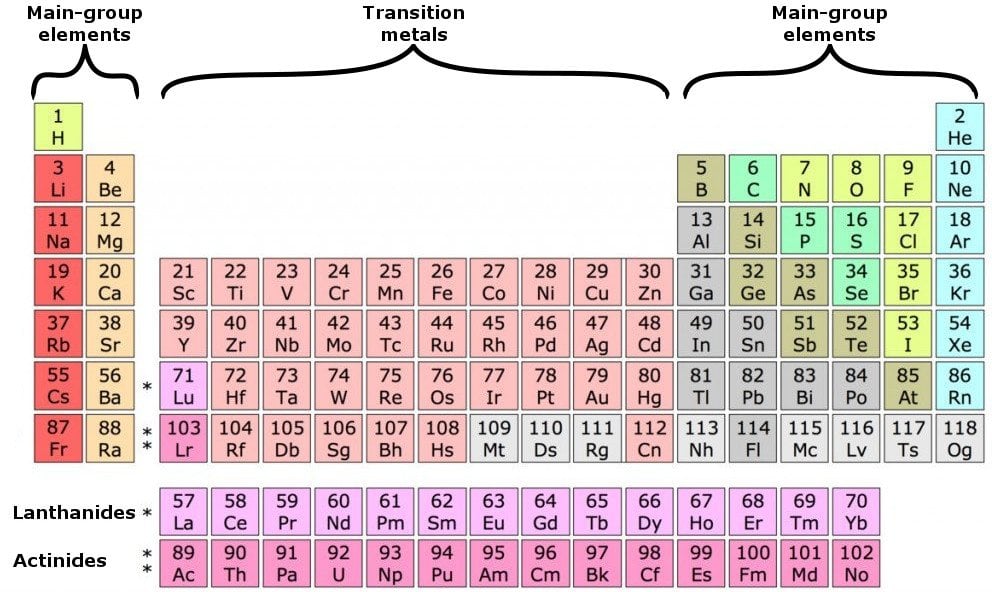

The atomic number of antimony is 51, which means it has 51 electrons. It is expected that moscovium will have an inert-pair effect for both the 7s and the 7p 1/2 electrons, as the binding energy of the lone 7p 3/2 electron is noticeably lower than that. The Aufbau principle is that the electrons present in the atom will first complete the lowest energy orbital and then gradually continue to complete the higher energy orbital. Connect each atom to the central atom using single bonds first. Antimony tetroxide is a mixed-valence compound, where half of the antimony atoms are in the +3 oxidation state, and the other half are in the +5 oxidation state. Now let's check the facts about Antimony. Ok but how many valence electrons does an atom of Antimony have In the case of Antimony the valence electrons is 0,-3,3,5. If these atoms are not present, then go with the atom you have least of in the formula. A valence electron is an outer shell electron and may participate in the formation of a chemical bond. What about osmium So for osmium, find it on the periodic table. Carbon is always central and Hydrogen is a terminal atom. So antimony has five valence electrons and its valence electron configuration is 5s2 5p3. The present DCSs and S(θ) are compared with other available theoretical and experimental data. Remember valence electrons are the roman numerals above the element.

In the angular vicinities of the critical minima, spin polarization parameters, the Sherman function S(θ) and the U(θ) function are calculated. The highest energy minimum among them is located at. Valence electrons are the electrons in the outermost shell, or energy level, of an atom. Energy and angular positions of 11 critical minima in the DCSs are found. Characteristics of the antimony atom and spin correlation–polarization potentials are found using the local spin density approximation. in the approximation of solely the parameter-free real part of the OP. The calculations are also performed without taking account of absorption effects, i.e. Two types of absorption potential are used: a non-empirical potential within the quasi-free electron scattering approximation and a McCarthy-type empirical potential. silicon (Si), and germanium (Ge), antimony (Sb), arsenic (As). It is shown that for this atom the spin dependence of not only exchange interaction, but also polarization interaction should be taken into account at the asymmetry calculation. Valence electrons contribute to chemical reactions and bonding within the structure of a. A complex optical potential (OP) in the spin-polarized approximation is used for the calculation of differential (DCSs) and integral scattering cross sections as well as a spin exchange asymmetry parameter. These atoms all contains five valence electrons. This is the first theoretical study of elastic scattering of electrons on antimony atoms in a broad range of low and intermediate collision energies from 0.1 eV to 1 keV. Group 15, also known as the nitrogen group, contains nitrogen, phosphorous, arsenic, antimony and bismuth.


 0 kommentar(er)
0 kommentar(er)
